For over a decade, social media platforms such as Facebook, Instagram & Twitter (now X) have dominated online communication. They offer seamless connection, but they also operate as centralized systems: one company controls the servers, data, and rules of engagement. Growing concerns about censorship, data ownership & monopolistic control have accelerated interest in an alternative model—decentralized social media.
What Is Decentralized Social Media?
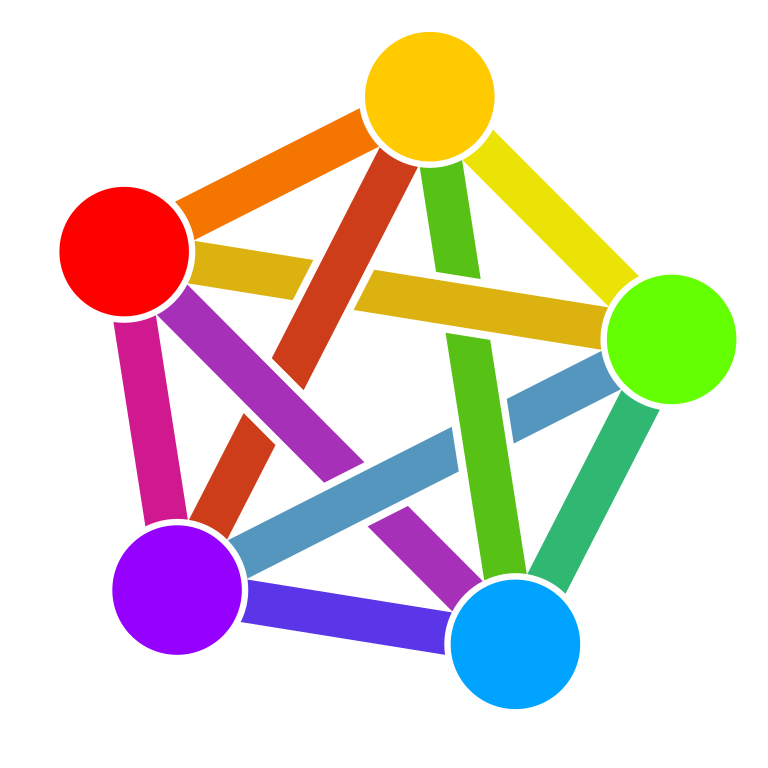
Decentralized social media refers to platforms that do not depend on a single, central authority. Instead, they are built on open protocols, federated networks or blockchain technology. This means users can own their digital identities, control their data, and communicate across multiple apps built on the same underlying system.
Two of the most important protocols shaping this new landscape are:

- ActivityPub: A W3C standard protocol that powers federated platforms like Mastodon, PeerTube & Pixelfed. Often called the “Fediverse,” ActivityPub allows independent servers (instances) to interconnect, meaning a user on Mastodon can follow and interact with someone on Pixelfed seamlessly.
- AT Protocol: Developed by Bluesky (ex-employees from Twitter), the AT Protocol is designed for account portability, algorithmic choice & interoperability. Instead of being locked into one app, users can move their identity, followers & content between different services built on the protocol.

Why Centralization Is Being Challenged
- Data Ownership and Privacy
Centralized platforms monetize user data by selling targeted ads. Decentralized platforms shift ownership back to users, often letting them decide how their data is stored or even monetized. - Censorship and Governance
Content moderation is controversial: platforms are criticized for overreach, inconsistency, or bias. Decentralized systems distribute governance, where communities or independent servers set their own moderation standards. - Platform Monopoly
A handful of corporations dominate the current ecosystem. Decentralization allows anyone to build on open standards like ActivityPub or AT, breaking walled gardens and promoting diversity. - Security and Resilience
Centralized databases are prime targets for hackers. Distributed systems lower the risk of mass breaches and are harder to shut down.
Benefits of Decentralized Social Media
- Portability: With protocols like AT, users can move their accounts between services without losing their identity or followers.
- Interoperability: The Fediverse demonstrates how ActivityPub enables cross-platform communication between different apps.
- User Empowerment: Users control their content and presence without being tied to a single company’s policies.
- New Monetization Models: Decentralized platforms explore tokenization, tipping & subscriptions that benefit creators directly.
- Resilience: No single point of failure means platforms are harder to censor or deplatform.
Challenges Ahead
- Scalability: Blockchain-based networks struggle with speed and cost at large scale.
- User Experience: Centralized platforms are polished, while decentralized ones can feel fragmented or technical.
- Moderation: Without central oversight, harmful content can spread; communities must balance free expression with safety.
- Adoption: Users are often reluctant to leave established platforms with their networks already in place.
Europe’s Scene: Mastodon vs. Bluesky

Mastodon (ActivityPub-backed)
- In early 2025, Mastodon recorded between 9.5 to 15 million accounts across Europe’s Fediverse nodes, with 0.8 to 1 million monthly active users depending on measurement approach (Wikipedia).
- Region-specific analytics spotlight a presence across Western, Central & Southern Europe, with user distributions reaching into the hundreds per region (BuiltWith).
- This firmly cements Mastodon’s status as the established decentralized platform across Europe, backed by its federated structure and community roots.
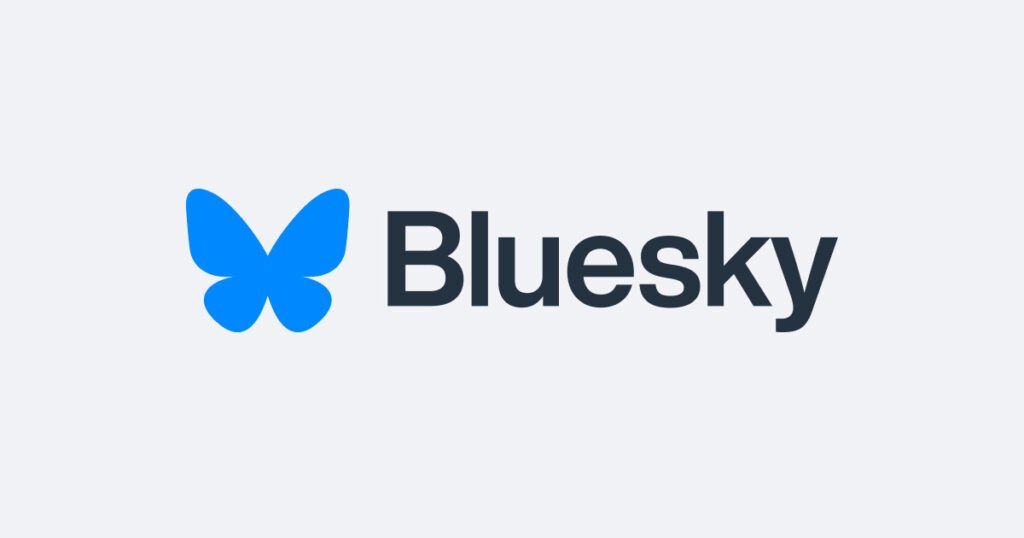
Bluesky (AT Protocol-powered)
While Bluesky’s overall European numbers remain hidden, these spikes in interest suggest momentum—especially among those disillusioned with centralized platforms.
Globally, Bluesky surged to 30–34.6 million registered users by mid-2025—but specific European user counts remain undisclosed, drawing regulatory scrutiny under the EU Digital Services Act (Wikipédia, Exploding Topics, Financial Times).
Despite this opacity, regional hints suggest growing traction: UK sign-ups jumped 60% after notable events & daily users in the US and UK reached around 3.5 million (Reuters, Financial Times).
Decentralized Messaging: Beyond pure Social Media
Decentralized communication isn’t limited to public posts & feeds. Private messaging apps have also embraced the shift toward more secure, distributed & user-controlled systems. These platforms reject centralized data storage, focusing on privacy & resilience.

Signal
- Encryption First: Signal has become the gold standard for end-to-end encrypted messaging, with protocols now widely adopted by WhatsApp, Google, and Facebook Messenger.
- Decentralization Elements: While not blockchain-based, Signal avoids large-scale data collection. Its infrastructure minimizes metadata, and it is maintained by a nonprofit foundation rather than a for-profit corporation.
- European Popularity: Signal’s adoption rose sharply after the 2021 WhatsApp privacy policy controversy, with millions of EU downloads in a matter of weeks. In countries like Germany and France, it has become a mainstream alternative for private communication.
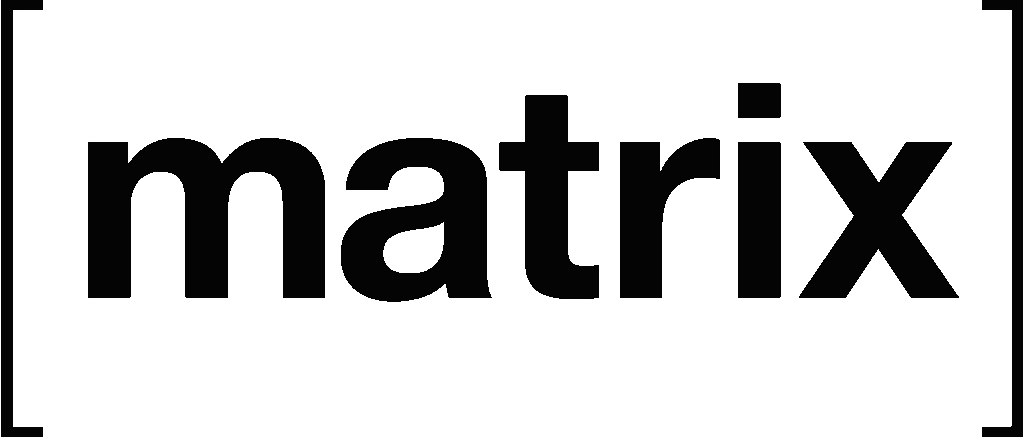
Matrix Protocol & Element
- Federation: Matrix is an open protocol for real-time messaging, similar to how ActivityPub works for social media. Users can run their own servers (homeservers), and these federate with others.
- Clients like Element build on Matrix to offer user-friendly apps for encrypted chats, file sharing, and group collaboration.
- Adoption in Europe: Matrix has gained strong traction among European institutions—most notably the French government, which adopted Matrix-based systems for secure internal communications.
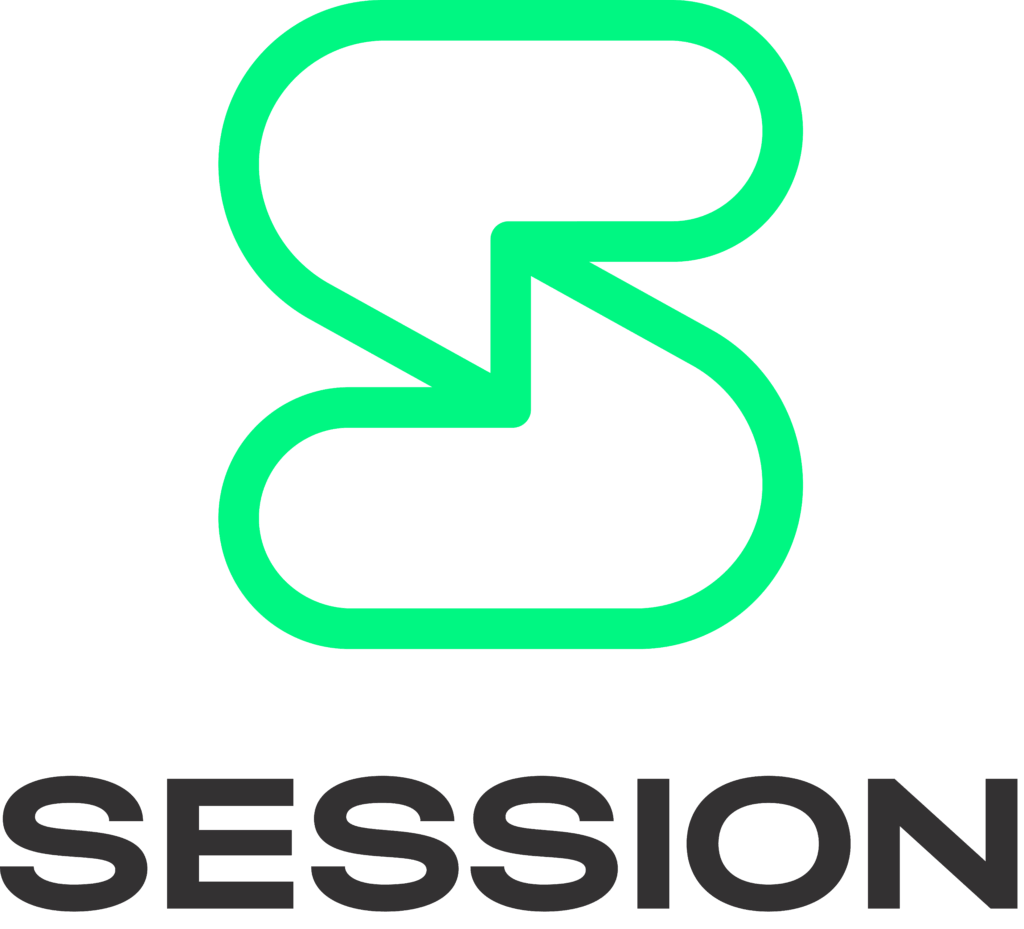
Session
- Blockchain-Backed: Session is a fully decentralized, privacy-focused messenger built on the Oxen blockchain. Unlike Signal, it does not rely on phone numbers for identity, instead using anonymous public keys.
- Focus: Designed for maximum anonymity and resistance to surveillance.
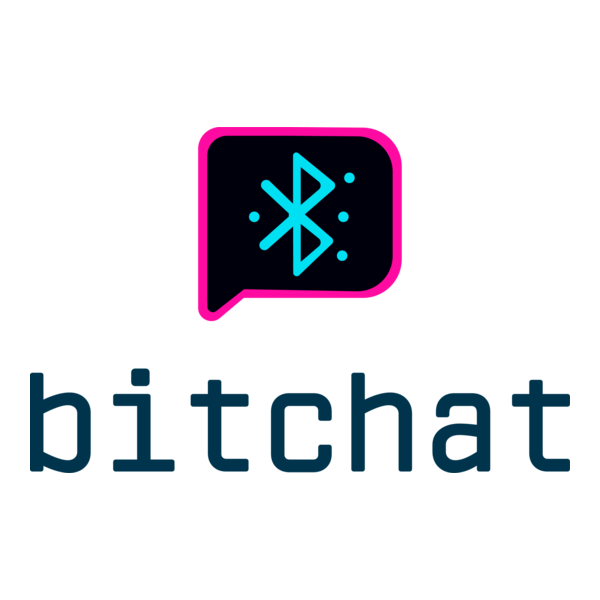
BitChat
- Peer-to-Peer Architecture: Bitchat from former Twitter- & Square-founder Jack Dorsey uses a distributed hash table (DHT) to allow direct user-to-user connections, avoiding central servers entirely.
- Security: End-to-end encrypted by default, metadata-light.
- Offline Functionality: Can queue and deliver messages when users reconnect—important for censorship resistance.
- Adoption: Still niche, but represents one of the most radical approaches to decentralized chat.
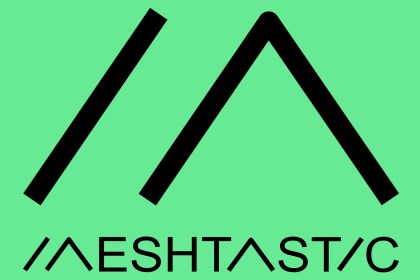
Meshtastic
- Mesh Networking: Meshtastic works over long-range LoRa radios, creating a physical mesh network independent of Wi-Fi or mobile data.
- Use Cases: Popular with hikers, preppers, disaster-response teams & privacy enthusiasts who want “off-grid” communication.
- Hardware Required: Needs small, battery-powered devices (ESP32 + LoRa boards), but can be paired with a smartphone via Bluetooth.
- Strength: Operates even without internet access, enabling community-based local networks.
The Road Forward
The decentralized web is no longer just a niche experiment—it’s a growing ecosystem. Mastodon has seen spikes in adoption, while Bluesky’s AT Protocol is attracting developers building interoperable apps. Together, protocols like ActivityPub and AT represent a shift toward a social internet where no single company holds all the power.
The future may not mean abandoning centralized platforms entirely. Instead, we are likely moving toward a hybrid model, where decentralized protocols provide the infrastructure for a diverse marketplace of apps, giving users real choice, control & freedom in how they connect.
Need any help setting up decentralized social media account like BlueSky & Mastodon for your business? Don’t hesitate to contact us